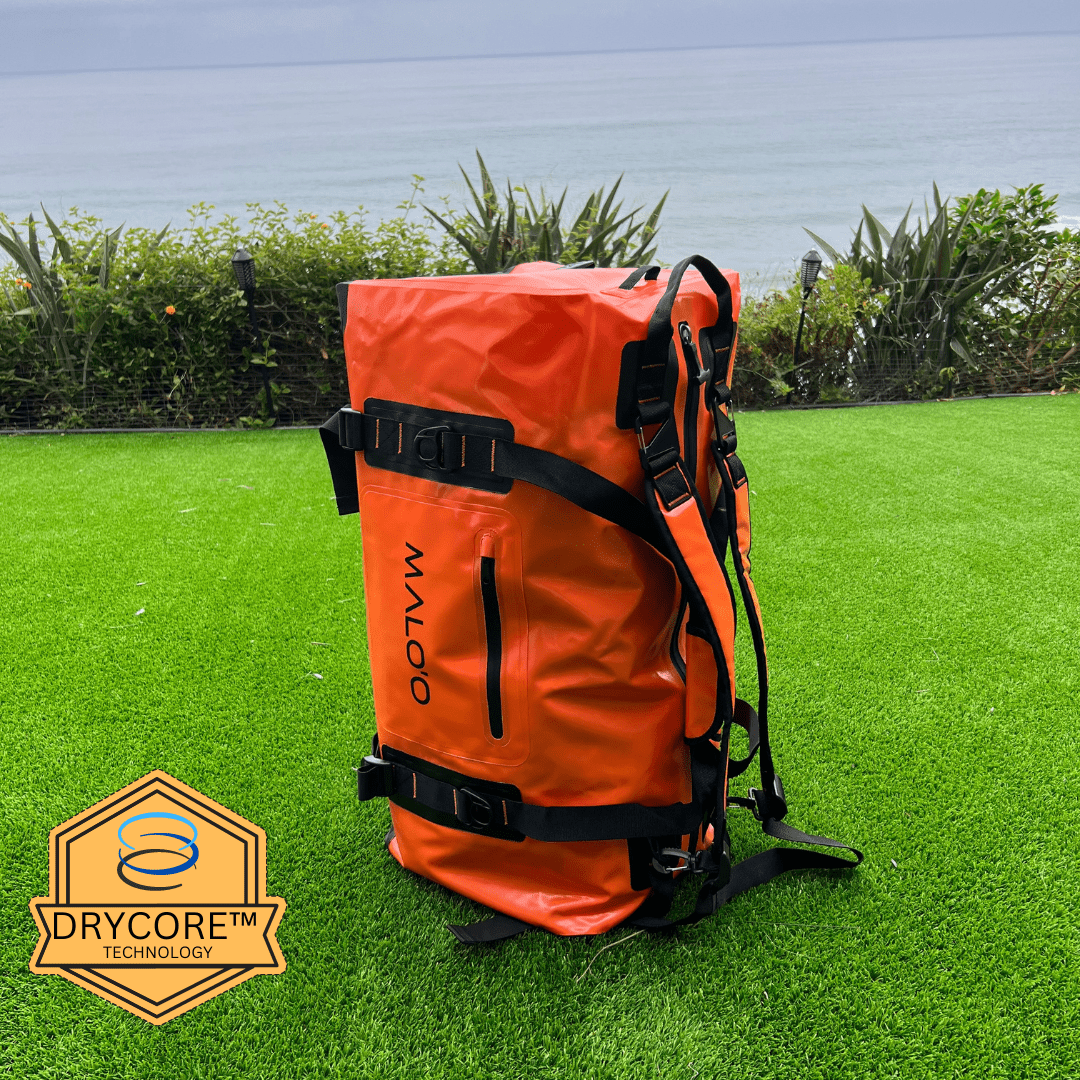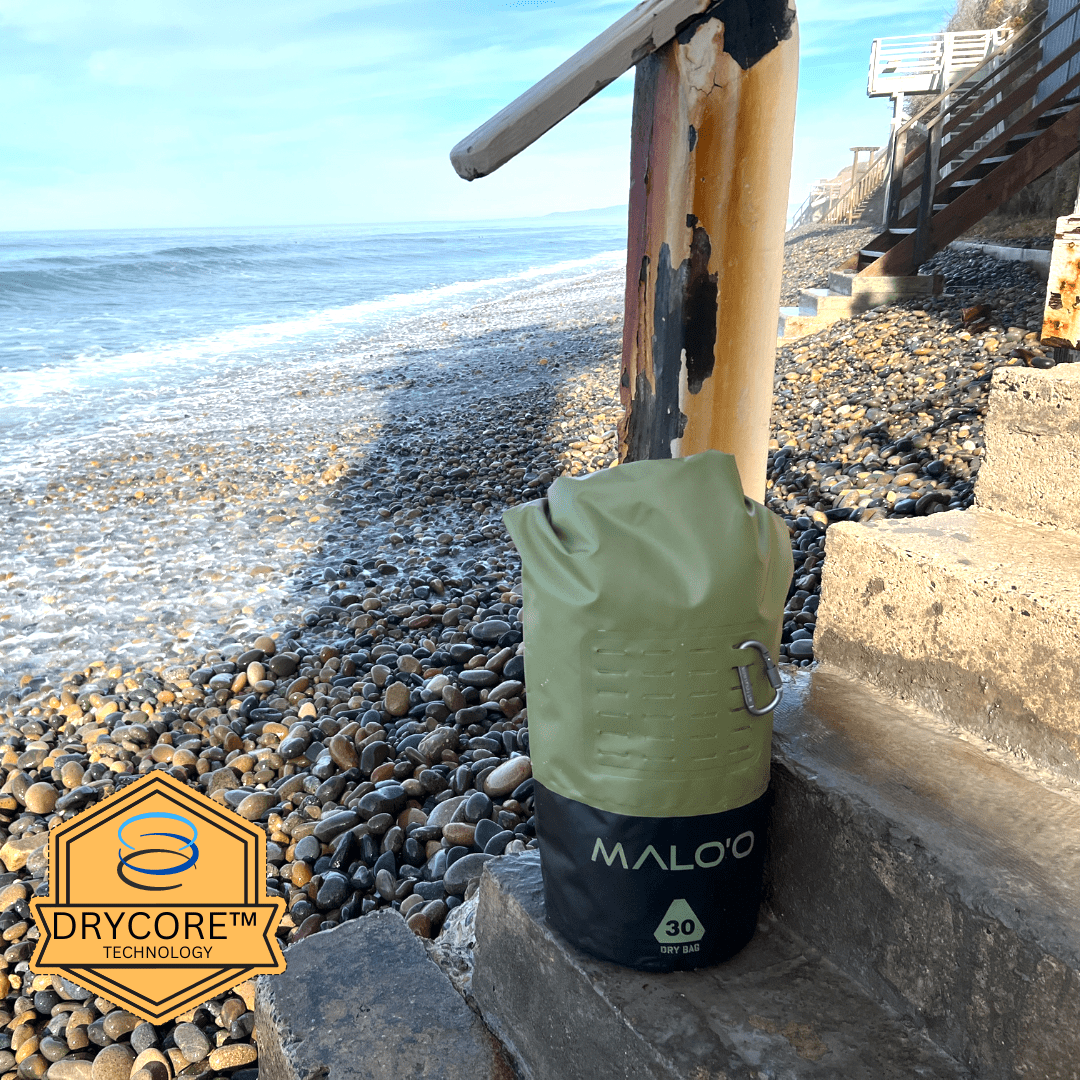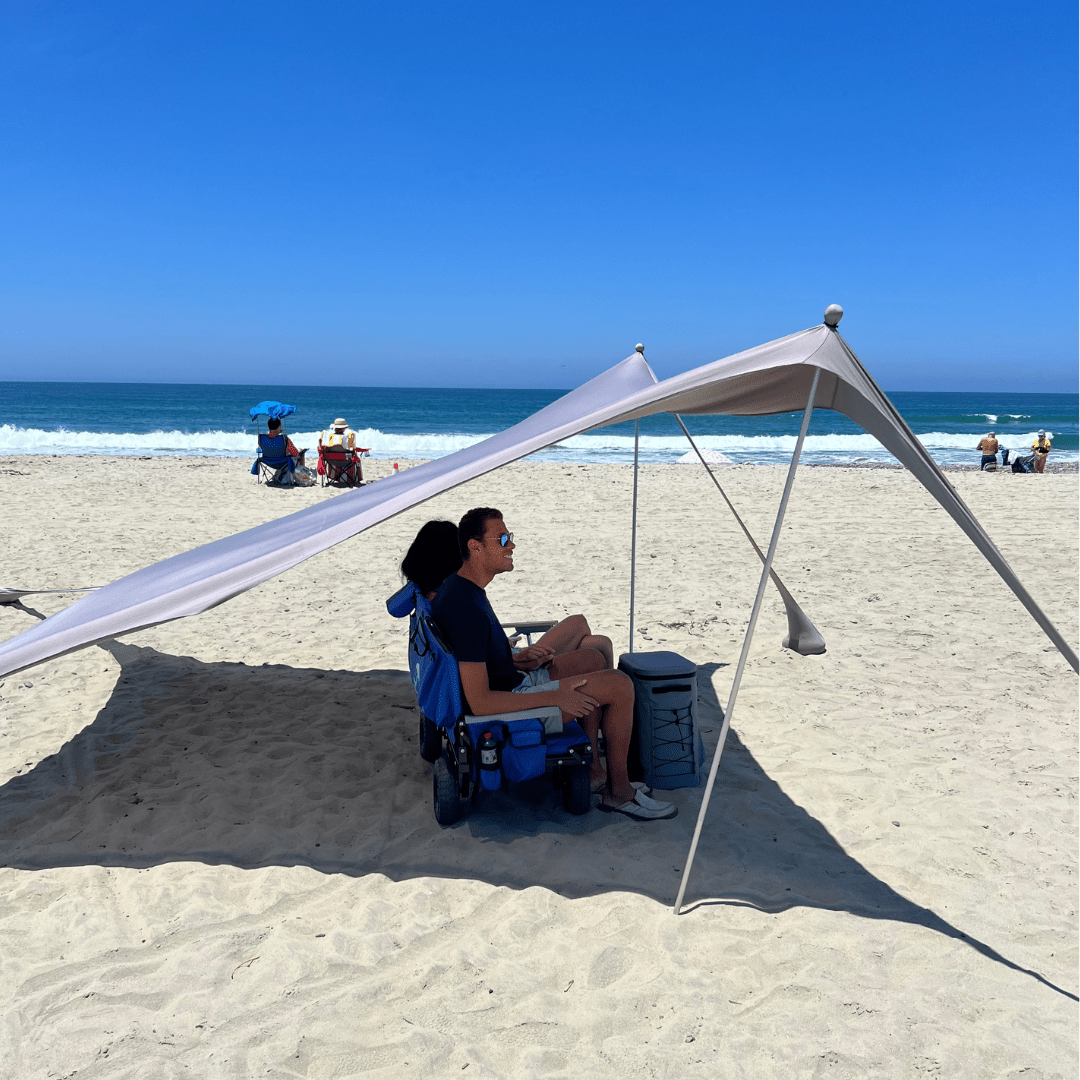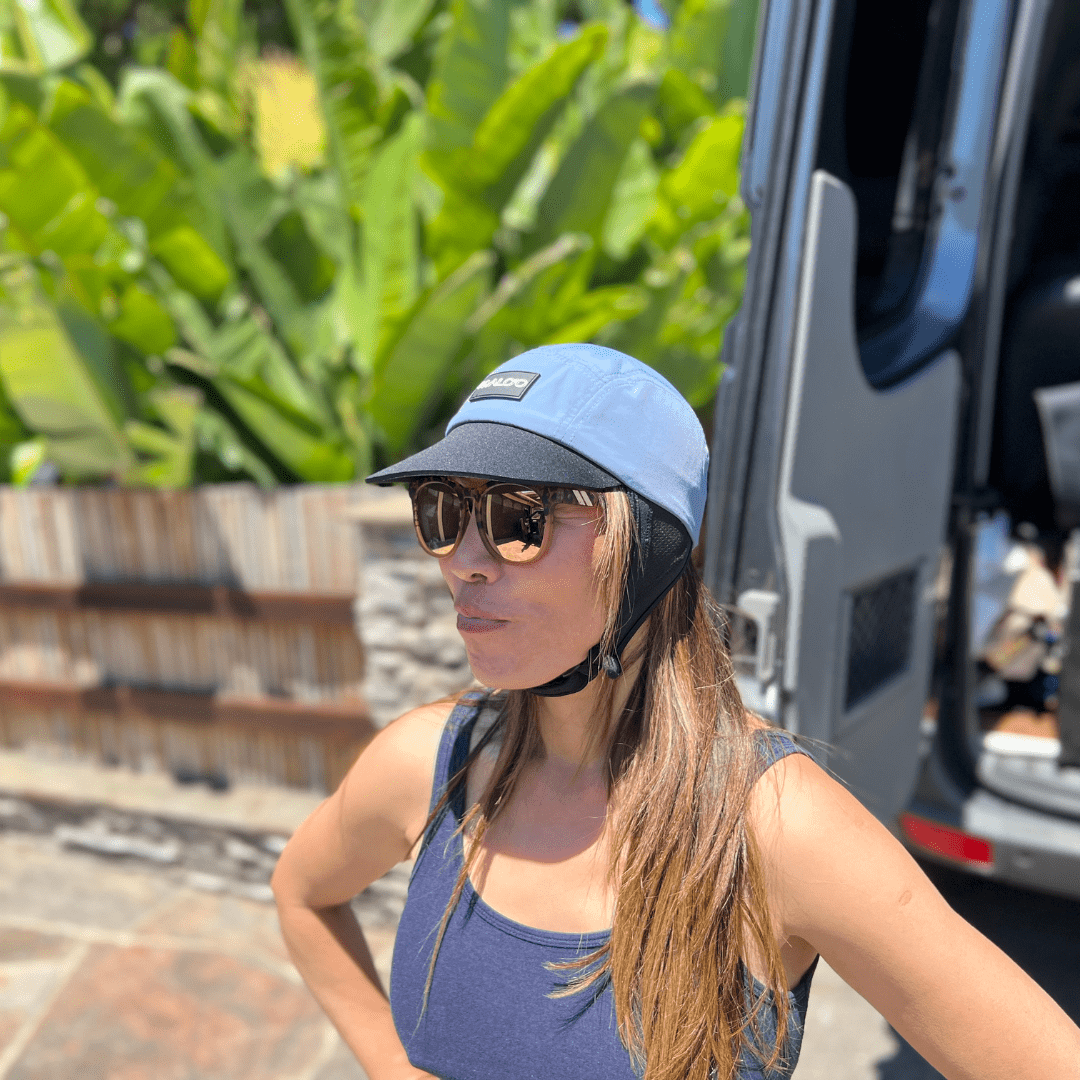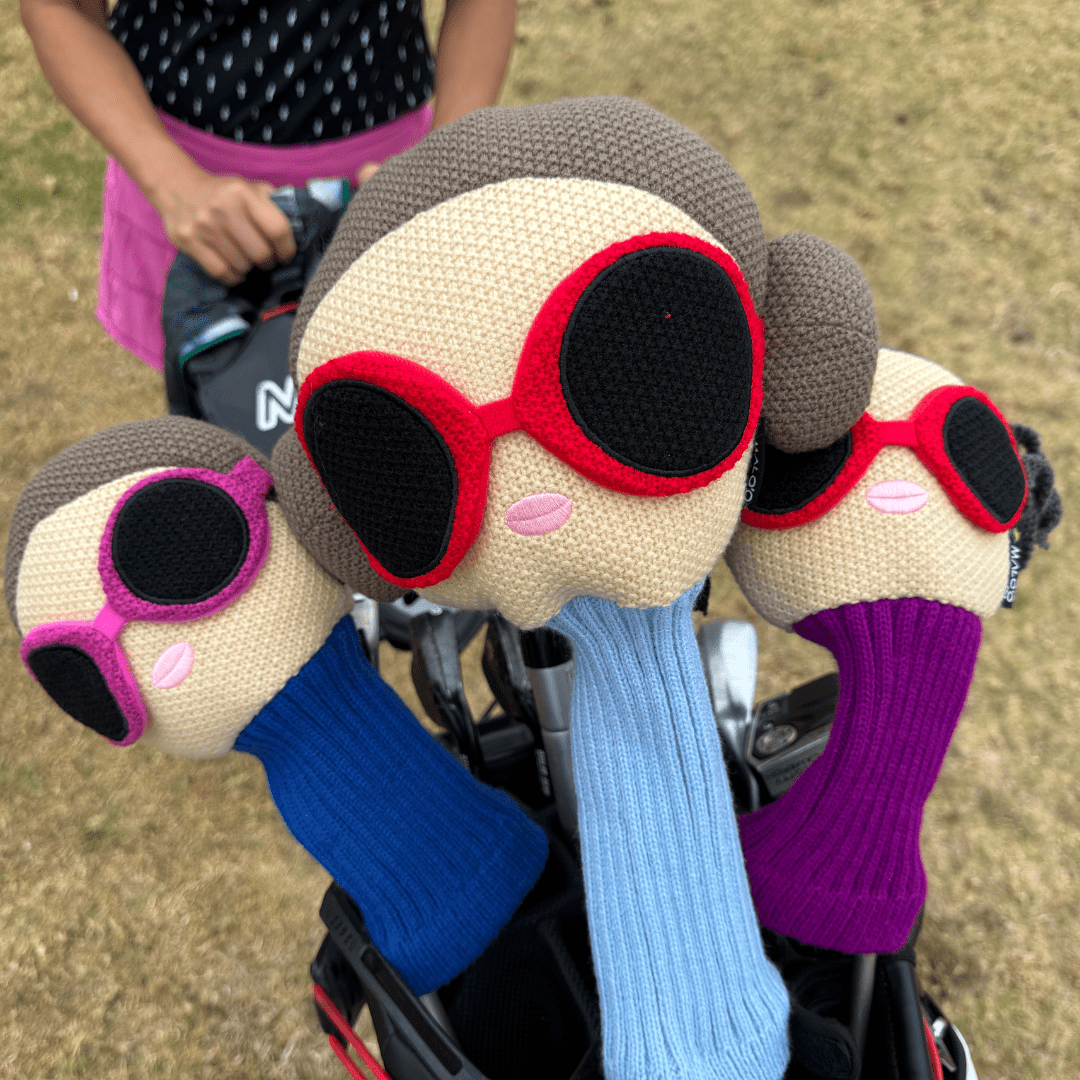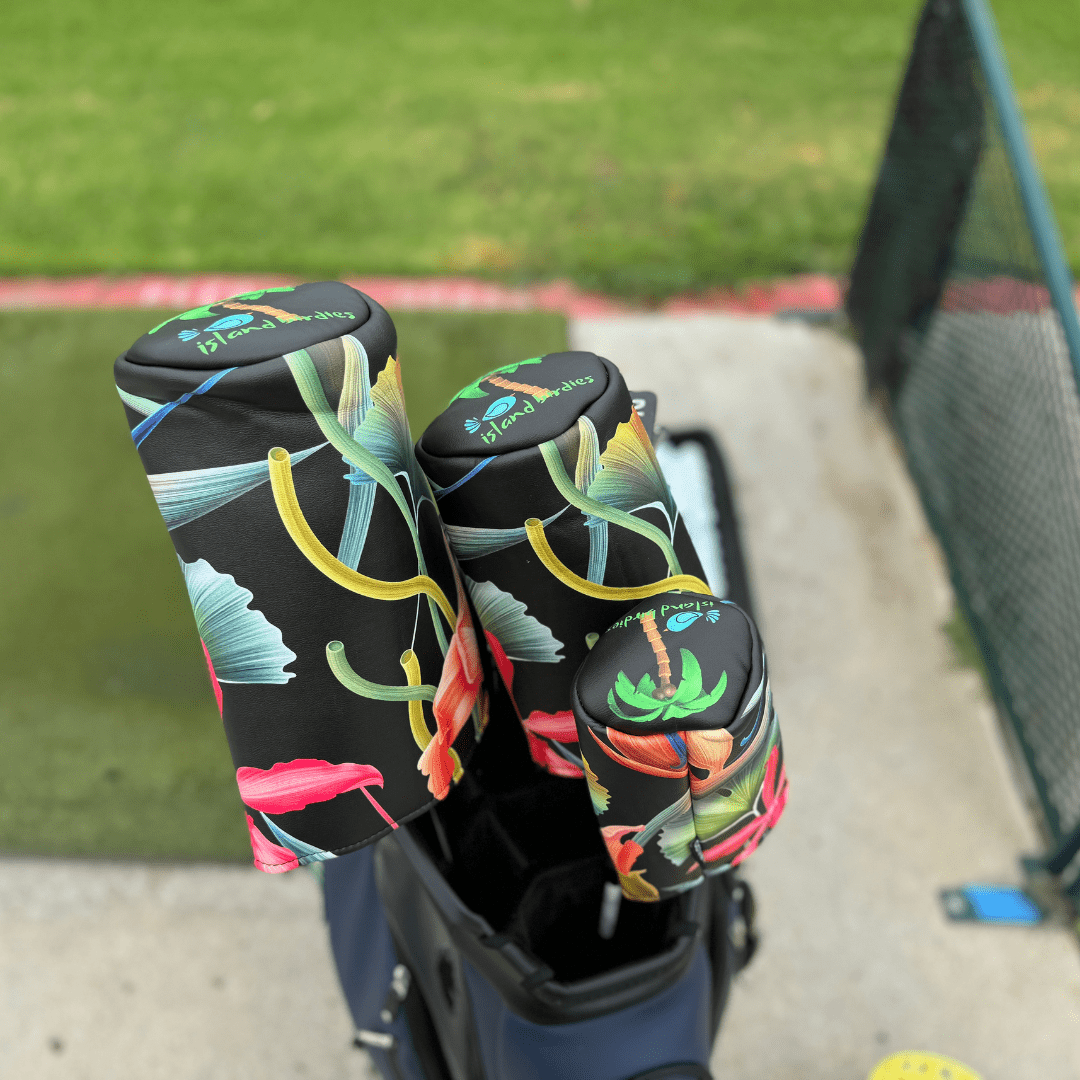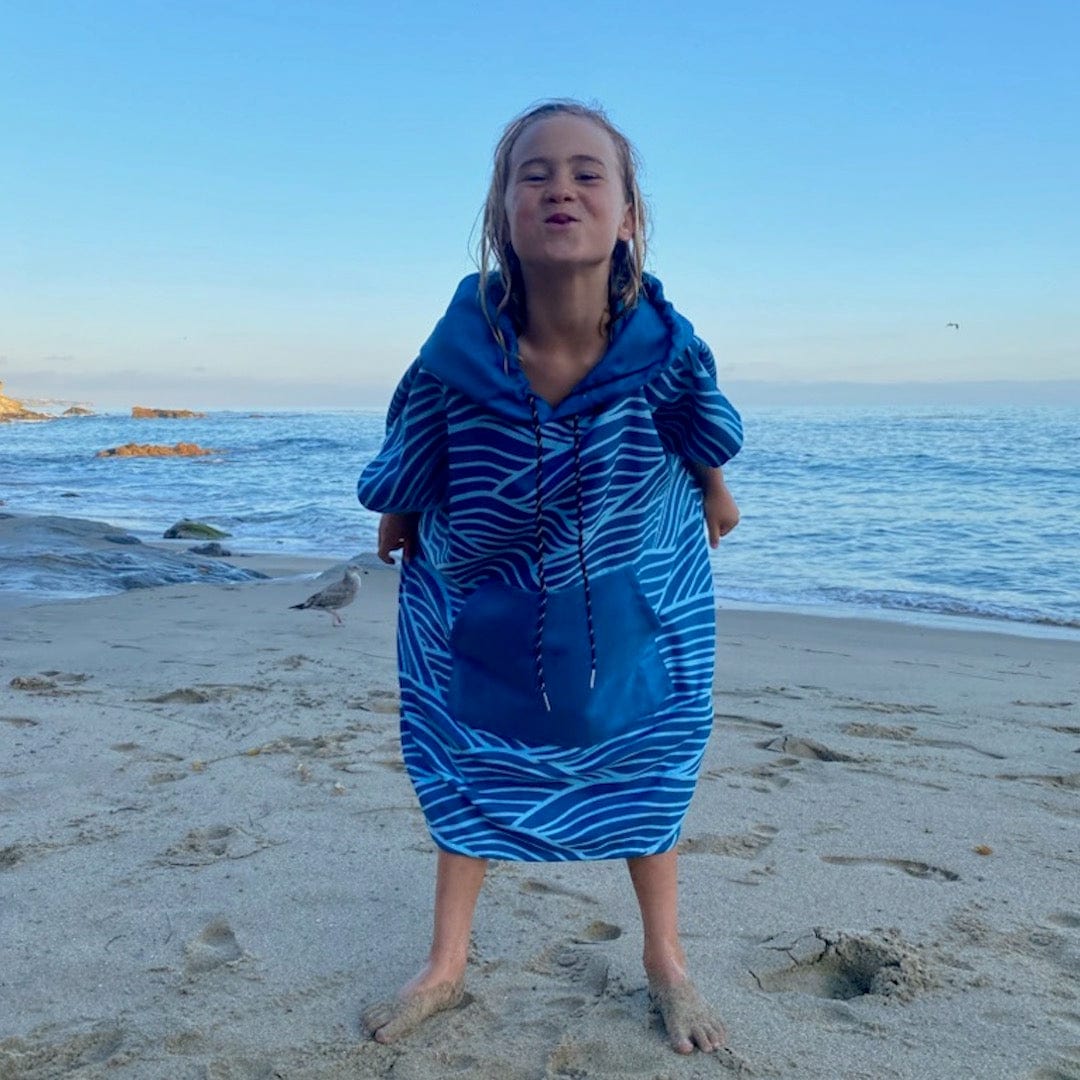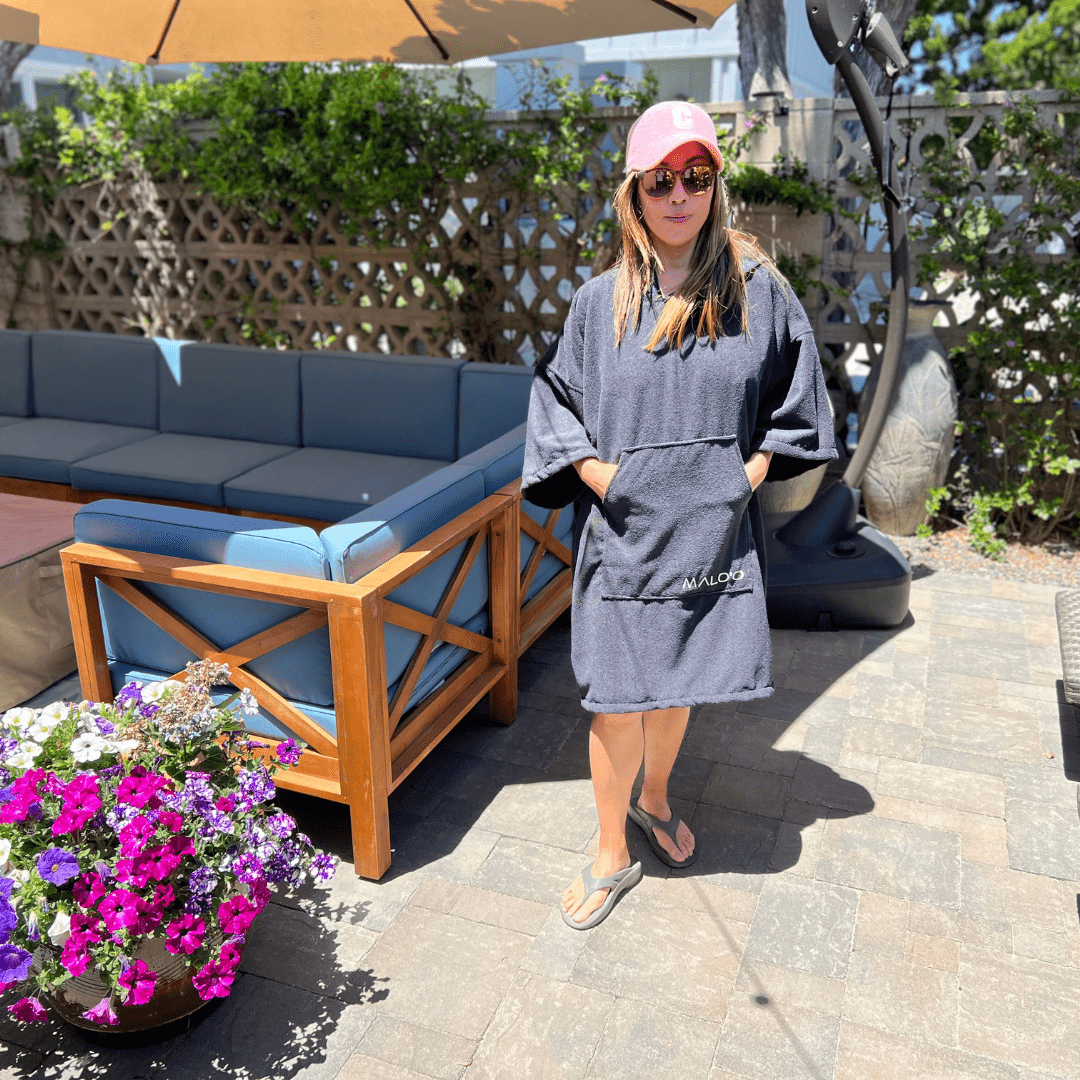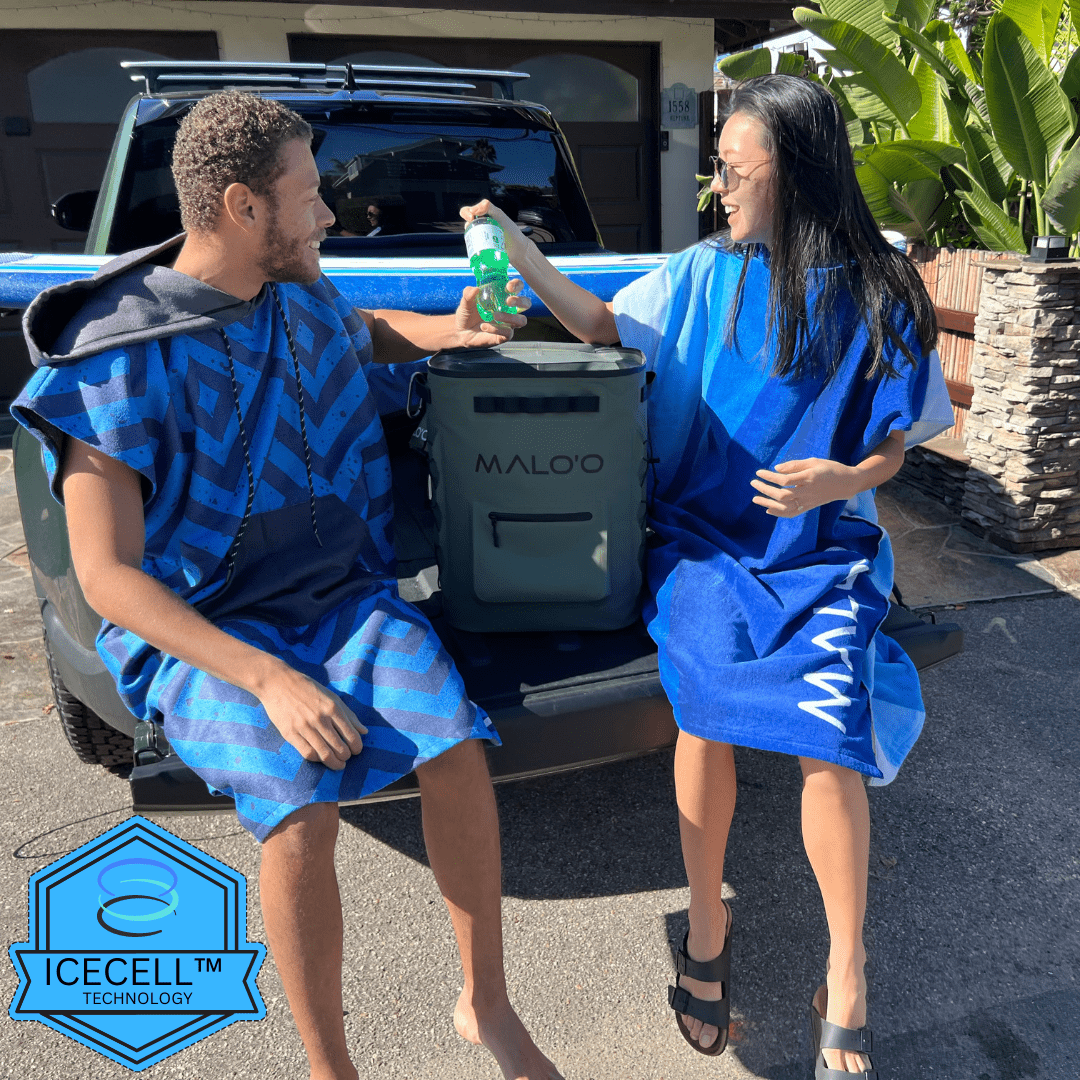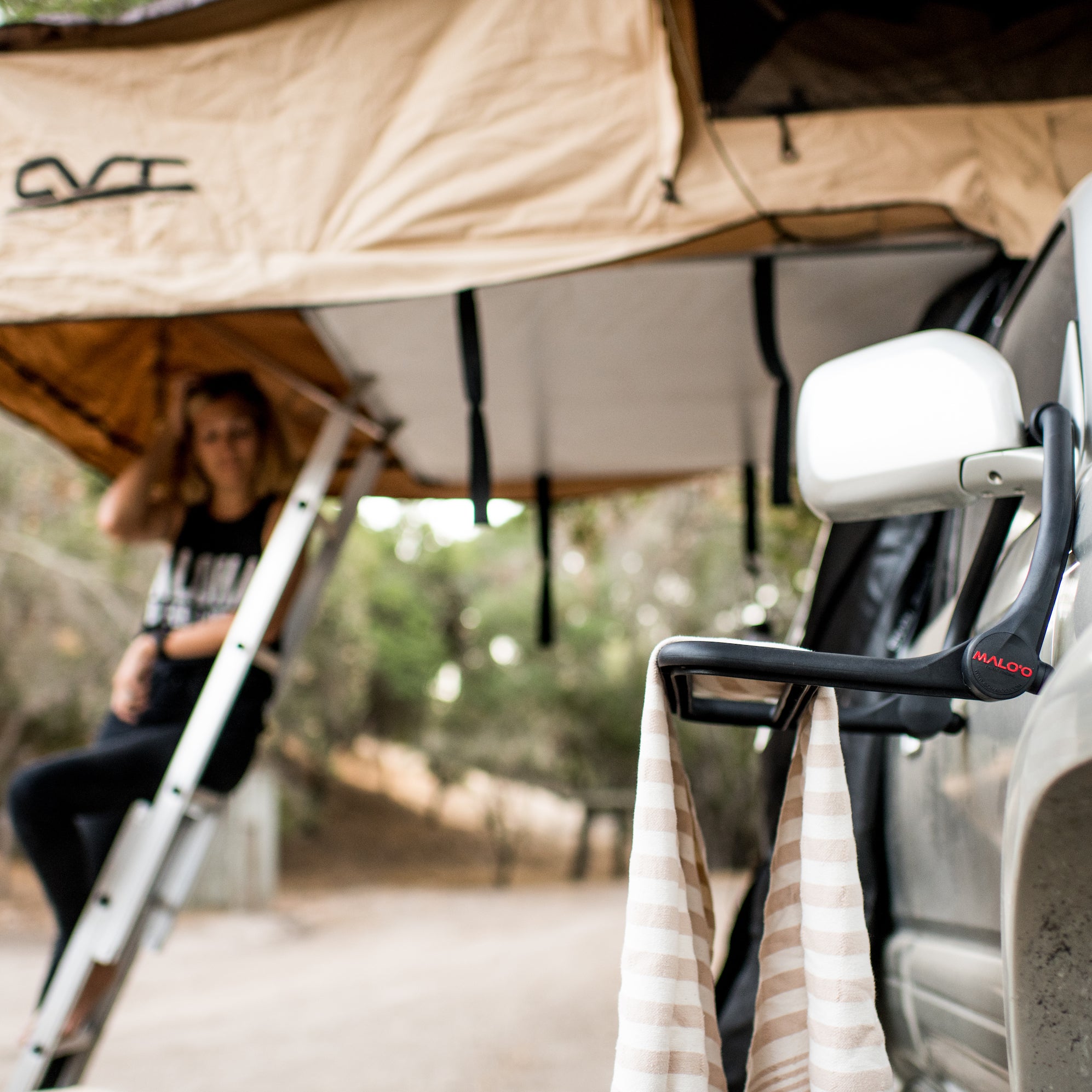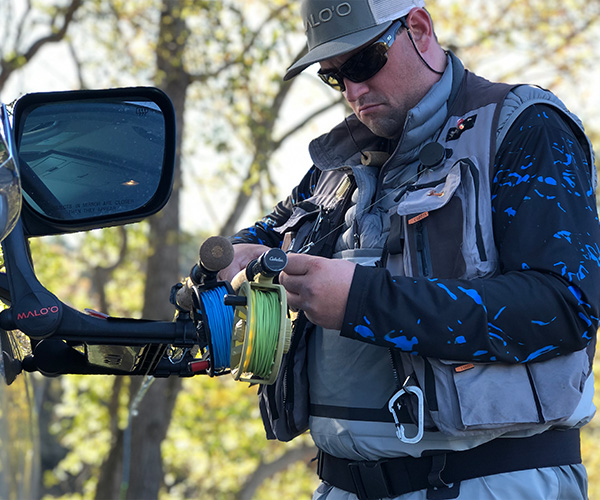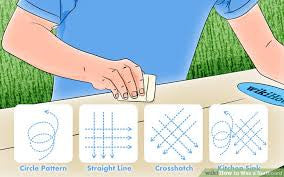Step 2: Clean The Surfboard
If you are waxing a brand new surfboard, you can skip to step 3. If you are waxing a used board or you are re-waxing your surfboard, it is important to first clean the deck. Any old wax on the board will sacrifice the integrity of your wax job and it will flake off earlier. You want to make sure that the base coat is applied directly to the surface of the surfboard.
To clean it, first scrape off all of the wax with the straight side of your wax comb. Make sure to get any wax off of the rails by using the curved side of the wax comb. You then want to use a cleaning product to remove any excess wax. There is usually a thin layer of wax still remaining that you can see if you tip the board sideways in the light. Something like Chief Firewater will dissolve the excess wax and allow you to wipe it clean. Once your board looks glossy, you will know you have all of the wax removed and can begin putting on a new coat.
Step 3: Putting On A Base Coat
Applying The Base Coat
The base coat is the most important step of waxing a board and getting it ready for surfing. The top coat of wax will get worn out and rub off as you surf but the base coat will remain until the next time you completely re-wax your board. If a patch of base coat rubs off, you will have an area that is constantly without wax, even if you apply more top coat, it will rub off.
The goal of the base coat is to create a bump pattern that will last. Base coat surfboard wax is a harder wax which allows it to last longer, but also makes it a bit more difficult to apply so make sure to push down on the wax so some will rub off. If you press down too lightly, nothing will come off and it will take you a long time to wax. While waxing, your wax might skip along the surface making a strange sound, that is ok, it just means bumps are forming and the wax is bouncing over them. You will want to start by making broad strokes on the board and continuing until you see a bump pattern emerge.
There are many different techniques to apply wax, none is the correct way and you should do whatever works for you. As time goes on, you will find one that works for you. Some techniques to try as you get started are in the image above.
Once you see bumps begin to form, you will know you are doing it properly. Continue until you have created enough depth, or until you have used up the recommended amount of wax from our guide below.
Step 4: Top Coat
We Used A Blue Top Coat on White Base coat
The top coat of wax is much softer than a base coat which allows it to be tacky and stick to your feet. Top coats are much more effected by the temperature of the water than a base coat. Because of this you want to make sure to use a wax type that is good for the water temperature where you surf. Waxes come in temperature ranges marked on the label.
Waxes get softer when the water is warmer. To make sure the wax is at an ideal level of softness in a specific water temperature, different chemicals are added to the wax. A tropical temperature wax will be the ideal level of stickyness in warm water. A cold temperature bar of wax will be tacky even in cold water where most wax will have frozen up. However, if you take a cold temperature wax to warm water, it will be too soft. As a rule of thumb, you can always use a warmer wax in cold water, but don't use a colder wax in warm water.
The top coat of wax will be applied in a similar way as the base coat but since it is softer, you will not need to push down as hard. In the example image, I am using a colored top coat to show the difference. I prefer to put a top coat on from back to front using long diagonal strokes. Like with the base coat though, try a few things and eventually you will find something that works for you.
Step 5: After You Surf
Combing Your Wax
When you surf a bit of the top coat will flake off. Some of it will end up in the water and some will be stuck on your wetsuit or board shorts. To account for this you will need to add a bit of wax before each time you go surf (or every few times if you're lazy). Sometimes the wax will get really squished and look flat, if this happens, use the comb side of your wax comb to scratch diagonal lines into the wax, making a checkerboard pattern. This will ensure you stick to your board for a few sessions more.
If you have to do a lot of combing, it might be time to start over from scratch and put on a new base coat. You should probably put on a new base coat every 3 months or so but at least once per year. You will find its s nice ritual to get you into the surfing mood. I like to do it the night before a big swell to get my mind focused.
Where To Put Wax On Your Surfboard
To help guide you, we've have created this nice graphic below. Keep in mind some people like grips for their hands which help with holding on when you duck dive. Traction pads or stomp pads are a smart idea because they keep your back foot locked in and protect the board from pressure dings.
How Much Wax To Use On A Surfboard?
There can be a lot of variance in how much wax you will need for a surfboard. You will find you have a preference, but to help get you started the guide below has suggestions of how much wax to use for each board type. Most wax sticks are similar is size and so we will base these numbers off of a standard stick of Mr. Zogs. Some waxes, like Bubble Gum Surf Wax are half the size so adjust accordingly.

Thank you SurfScience!
And when you're done , make sure to take care of your wetsuit. A Rinse Kit is a perfect way to shower off and then hang everything on your Malo'o Rack.

